By Pam Allyn, Found of LitWorld and LitLife
We’ve all been hearing a lot about the push to include more nonfiction in the classroom. And, while the Common Core State Standards (CCSS) recommend that reading be 70 percent informational by the time students are in grade 12, it is important to note that these percentages reflect the sum of student reading across all subjects, not just ELA. The CCSS are rich with detail and attention to the merit of fiction in your classroom, and honors the role that theme, character and connections play in how our children see the world as they grow, and how they become lifelong readers and writers. Read on to learn more about how fiction fits into the CCSS and why it should continue to be a key component in your classroom library.
Understanding Where CCSS Place Value
The CCSS identify three major writing modes as being all-important for the growing reader and writer:
- Narrative
- Informational
- Opinion/argument
The CCSS stress that there should be a balance of all three types of writing. In order for a child to become truly “Core Ready,” he or she must read abundantly, each and every day, building stamina, fluency, comprehension, and engagement. Fiction plays a great role in creating a love of lifetime reading.
Let’s Talk Fiction
Building a Common Core aligned classroom reading collection is much more than the list of suggested titles contained in Appendix B of the CCSS! The standards ask us to evaluate 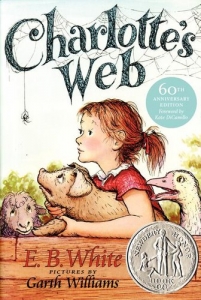 the complexity of a fictional text based on quantitative features, qualitative features, and reader and task objectives. Take Charlotte’s Web, for example: this book is quantitatively fairly simple on the surface, but qualitatively it is a highly complex text.
the complexity of a fictional text based on quantitative features, qualitative features, and reader and task objectives. Take Charlotte’s Web, for example: this book is quantitatively fairly simple on the surface, but qualitatively it is a highly complex text.
Not sure which books are the latest and greatest or how your colleagues around the country are determining their complexities? Do not be intimidated by what may seem like a daunting task! Instead, let the talk of complexity be fun (really and truly!). Create study groups with other teachers, get onto GoodReads, and join chat groups on Twitter and Facebook. This is a good way to begin a conversation with colleagues about what text complexity means to the fiction you are reading with your students. It will give you a better and richer understanding of what your students are going through as they grapple with text in an enjoyable manner.
Which Books to Choose For Your Classroom Library
In my work with teachers across the United States and internationally, I strongly advocate for texts that have a social, emotional learning component. Texts that teach inherent lessons about belonging, confidence, courage, kindness, friendship, curiosity, and hope teach children important lessons about resilience and cultivate well-rounded and insightful young explorers of the world. Titles like Chrysanthemum by Kevin Henkes or Todd Parr’s The Thankful Book, for example, cultivate a positive sense of self and strong sense of awareness and empathy of others. And chapter books, such as Beholding Bee by Kimberly Newton Fusco, sizzle with the energy of love and connectedness while at the same time teaching our students the structure of fictional narrative, identification of theme, and character development. Wrapped around all that “teachable time” is the social, emotional heartbeat of great fiction, which brings our classroom community together in unison.
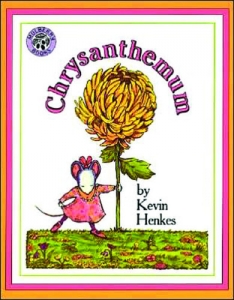 |
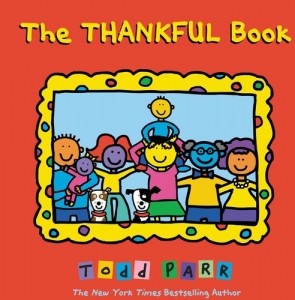 |
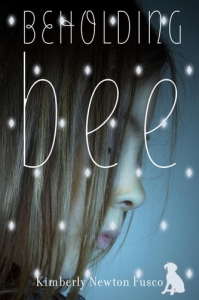 |
|---|
The CCSS also presents an opportunity for us to evaluate the diversity of our classroom library. In order to raise college and career ready learners, we must be sure to reflect the voices of all students and lives around the world. Gloriously illustrated titles like Mario’s Mayan Journey by Michelle McCunney and Mama Panya’s Pancakes: A Village Tale from Kenya by Mary and Rich Chamberlin make dynamic and Core Ready (K-8 Core Ready set collections by Pam Allyn) contributions to our classroom talk and work. Books like What The World Eats and If The World Were A Village are great to help global concepts feel a little closer to home. Students of all backgrounds can sympathize with characters Maria Isabel in My Name Is Maria Isabel and Jackie Robinson in Teammates as they just try to fit in. It is important for every student to see themselves in the stories that line your shelves or fill your classroom tablets and to know that their language, their traditions, and their history are deeply valued.
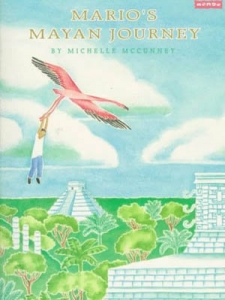 |
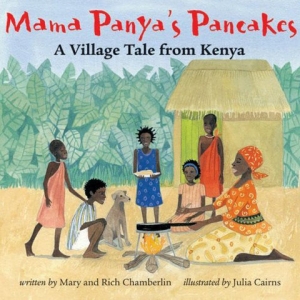 |
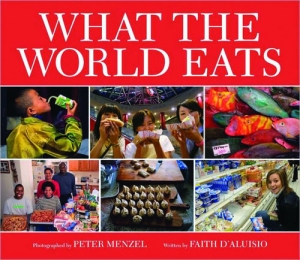 |
|---|---|---|
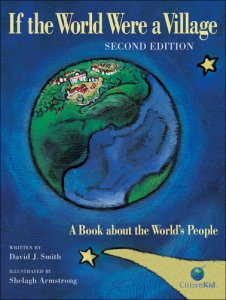 |
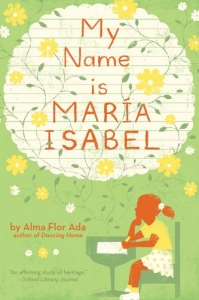 |
 |
Another big picture consideration to have in mind as you build your classroom library is to make sure all of the genres in your library are working together an d are teaching the bigger themes of your year round lesson sets. Rather than compiling subsets of fiction and informational texts that are mutually exclusive, pair a series like Percy Jackson And The Olympians by Rick Riordan in a bin (or online!) with Greek mythology and photo books of ancient Greece. Make learning feel connected so that your students become curious experts with a holistic understanding of the topics they learn about. This will also show them how to seek out a wide range of information in their individual projects or quests for learning outside of the classroom.
d are teaching the bigger themes of your year round lesson sets. Rather than compiling subsets of fiction and informational texts that are mutually exclusive, pair a series like Percy Jackson And The Olympians by Rick Riordan in a bin (or online!) with Greek mythology and photo books of ancient Greece. Make learning feel connected so that your students become curious experts with a holistic understanding of the topics they learn about. This will also show them how to seek out a wide range of information in their individual projects or quests for learning outside of the classroom.
When selecting titles for your classroom, be sure the voices and interests of your students are represented. These voices should have the strongest influence in your decision-making process. Pay attention to the books that get the most circulation in your classroom library and try to distinguish commonalities among the texts that appear to be the most engaging for your students. Use your findings to bring your students deeper into the community of readers by recommending similar books that push them along the staircase of text complexity and build strong reading muscles. If your students love R.J. Palacio’s Wonder (as I do!), take this story of an underdog uniting a community in kindness and recommend Glory Be by Augusta Scattergood. This story of a young girl grappling with friendship and difficult choices in the midst of segregated Mississippi champions the same values with an equally likeable and relatable character who is trying to make sense of an often confusing world.
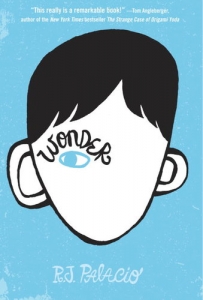 |
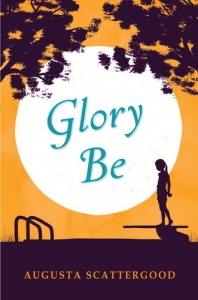 |
|---|
In my new books “Core Ready” for all grade levels K-8, I offer lessons to match the fiction standards. I encourage you to match the texts I’ve recommended and share some of your own with these lessons. Our children can love to lose themselves in story and read more rigorously than ever before, all at the same time. Let fiction play a vital role in your teaching, and use the CCSS as a way to make those titles come alive in new and vibrant ways.
Written by Pam Allyn, the Executive Director and founder of LitWorld and LitLife, as well as a widely known motivational speaker. She has written several professional books, including her latest, Core Ready. Pam speaks to people around the world on the importance of reading and writing, most recently at the African First Ladies Summit.



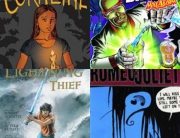
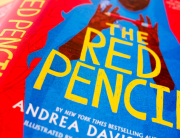
Leave A Comment